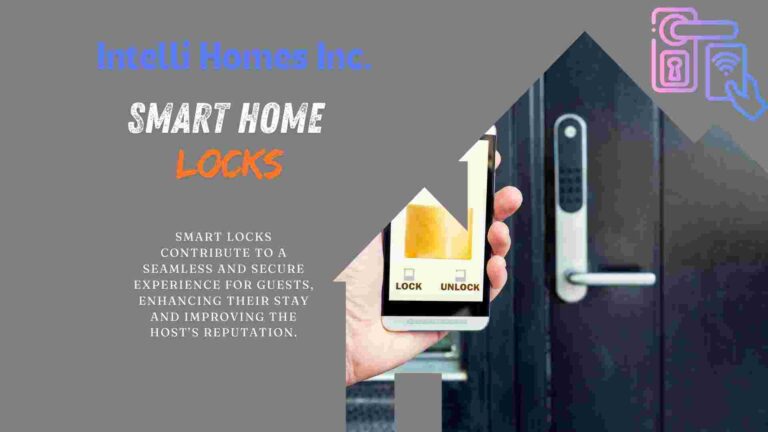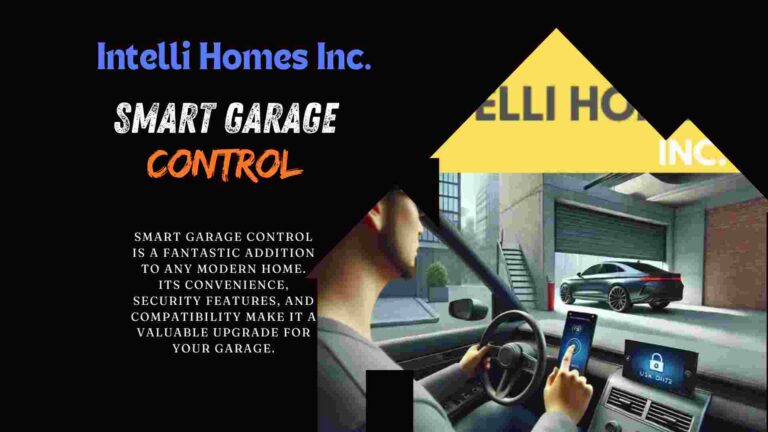In today’s world, smart home technology is becoming more accessible, with options ranging from budget-friendly devices to premium setups packed with the latest features. Deciding between a budget or premium smart home system can be challenging—especially when trying to balance your needs, preferences, and budget.
In this article, we will explore the key differences between two smart home setups: one perfect for those looking to save, and another showcasing the most luxurious, cutting-edge gadgets of 2024. Whether you’re eager to save money or ready to splurge on the latest tech, this guide will help you decide which setup suits you best.
What You’ll Discover in This Article:
- A side-by-side comparison of budget-friendly vs. premium smart home devices
- Performance breakdowns based on functionality, design, and ease of use
- The pros and cons of affordable gadgets versus high-end options
- Tips on mixing and matching to create your ideal smart home on any budget
Let’s dive in and examine the differences between budget and premium smart homes.
Budget Smart Home Setup: High Functionality, Low Cost
When it comes to building a smart home on a budget, you may think you’re sacrificing quality for cost. However, many affordable devices on the market today offer impressive performance without the hefty price tag.
Devices and Features:
- Smart Lights: Brands like Wyze and Sengled offer affordable smart light bulbs that can be controlled via an app or voice commands through assistants like Alexa or Google Assistant.
- Smart Speakers: The Amazon Echo Dot and Google Nest Mini provide a convenient way to control your smart home, all while delivering decent audio quality and responsive voice recognition.
- Security Systems: Affordable options like Wyze Cam v3 or Blink cameras provide basic security features, including night vision and motion detection, without breaking the bank.
- Thermostats: The Wyze Thermostat offers programmable features and integrates with most smart assistants, making it a budget-friendly option for temperature control.
Performance & Functionality:
While budget smart home devices may not come with the same array of advanced features as premium models, they often perform their core functions well. Budget smart lights, for example, may lack advanced color control or voice integration with multiple platforms, but they are reliable and easy to set up. Similarly, budget cameras may not have high-definition video or advanced AI detection, but they offer basic monitoring features for most users.
Design and Aesthetics:
Budget smart home devices tend to prioritize functionality over style. While you may not get sleek, minimalist designs, these devices generally fit discreetly into most homes. Manufacturers focus more on making these products affordable and reliable rather than luxurious.
Ease of Use:
Budget devices are generally straightforward to set up and operate. Companies often simplify their app interfaces to make their products accessible to a broader audience. However, integration between different systems can sometimes require extra effort.
smart home design
Premium Smart Home Setup: The Ultimate in Luxury and Innovation
On the opposite end of the spectrum, a premium smart home setup offers cutting-edge technology with advanced features, high-end design, and seamless integration across devices. These setups are ideal for tech enthusiasts and those looking for the best smart home experience money can buy.
Devices and Features:
- Smart Lights: Philips Hue and LIFX are known for their superior smart lighting systems. You get features like millions of color choices, dynamic lighting effects, and synchronization with entertainment systems.
- Smart Speakers: The Sonos One or Apple HomePod provide premium sound quality, advanced voice control, and the ability to act as a hub for your entire smart home.
- Security Systems: Premium systems like Nest Cam IQ or Arlo Pro offer top-of-the-line security features such as 4K video, facial recognition, and cloud storage options.
- Thermostats: The Ecobee SmartThermostat and Nest Learning Thermostat come equipped with AI-powered climate control, energy-saving features, and remote access from any smart device.
Performance & Functionality:
Premium devices excel in both performance and additional features. For instance, premium smart lights offer full color spectrum control, scene-setting features, and voice integration with multiple platforms like Siri, Alexa, and Google Assistant. Security systems in this category often come with cloud storage, AI for recognizing faces, and much more reliable, high-definition video. These advanced features make premium devices perfect for users who want a seamless, high-tech experience.
Design and Aesthetics:
In terms of design, premium smart home devices often feature sleek, minimalist designs that blend seamlessly into modern homes. Companies like Apple and Sonos are known for producing tech that looks as good as it functions, appealing to homeowners who value aesthetics.
Ease of Use:
Premium devices usually provide a more intuitive user experience, with advanced customization options that are easy to navigate. For example, a premium smart thermostat will not only offer app control but also integrate AI learning to adjust to your schedule and save energy without manual input.
Pros and Cons: Budget vs. Premium
Budget Smart Home Setup:
- Pros:
- Affordable
- Basic functionality covers essential needs
- Easy setup
- Cons:
- Fewer advanced features
- Limited design aesthetics
- Less robust support and updates
Premium Smart Home Setup:
- Pros:
- Advanced features and seamless integrations
- High-end design and craftsmanship
- Better performance and future-proofing
- Cons:
- Expensive
- Can be more complex to set up and customize
- Overkill for basic home automation needs

Mixing and Matching: The Best of Both Worlds
You don’t have to choose between budget and premium entirely—you can create a balanced setup by mixing devices based on your priorities. For example, you could invest in premium smart speakers for a high-end audio experience while opting for budget smart lights to save on costs. Similarly, you could combine a top-tier security system with a more affordable thermostat.
Here are some tips for combining budget and premium devices effectively:
- Start with Essentials: Focus on core devices that impact your daily life the most (e.g., thermostat, lighting).
- Consider Compatibility: Ensure that your budget and premium devices can integrate easily (e.g., they should work with the same voice assistant).
- Upgrade Over Time: If you’re starting on a budget, you can upgrade key devices over time as you expand your smart home.
Conclusion: Which Smart Home Setup Is Right for You?
The choice between a budget and premium smart home setup comes down to your specific needs, preferences, and budget. A budget setup offers excellent value for money, focusing on essential features and functionality, while a premium setup delivers a luxury experience with advanced capabilities, refined design, and seamless integration.
If you’re just starting out or looking for practical solutions at a lower cost, a budget setup will serve you well. However, if you’re seeking top-tier performance, innovation, and style, and you’re willing to invest, a premium smart home system will provide the ultimate experience.
Whatever path you choose, the good news is that today’s smart home technology allows you to create a connected, automated living space that fits your needs and budget.


